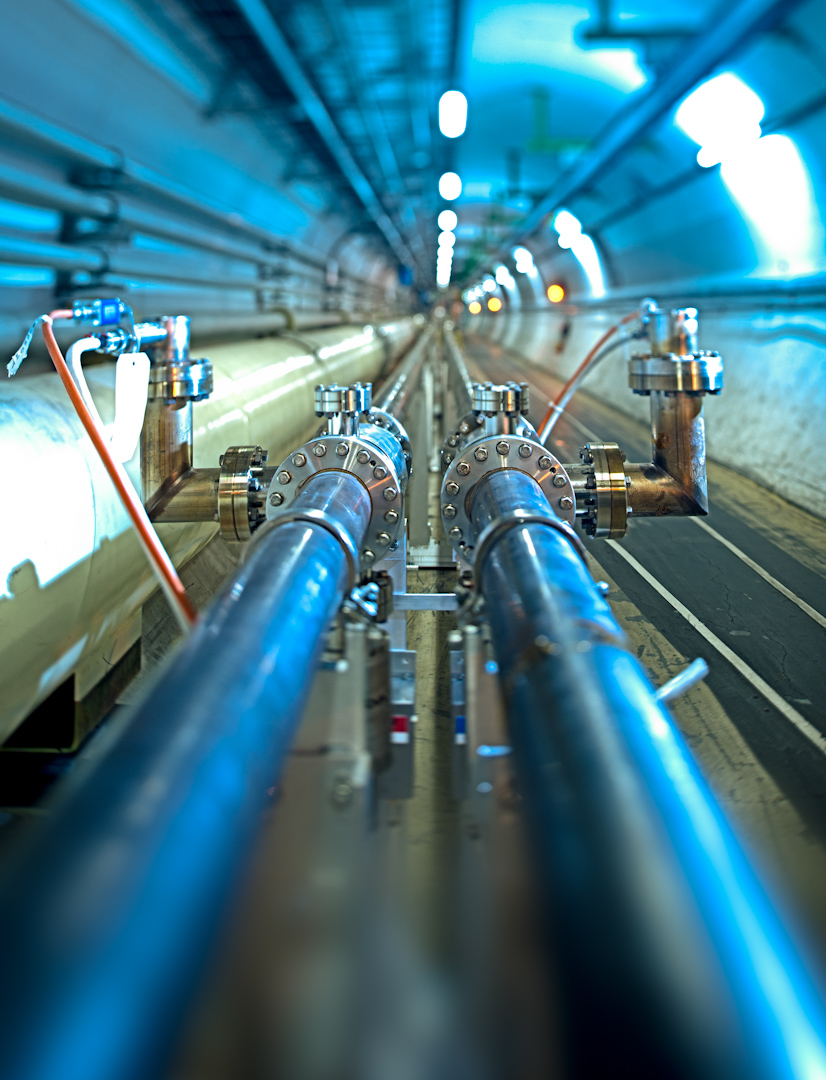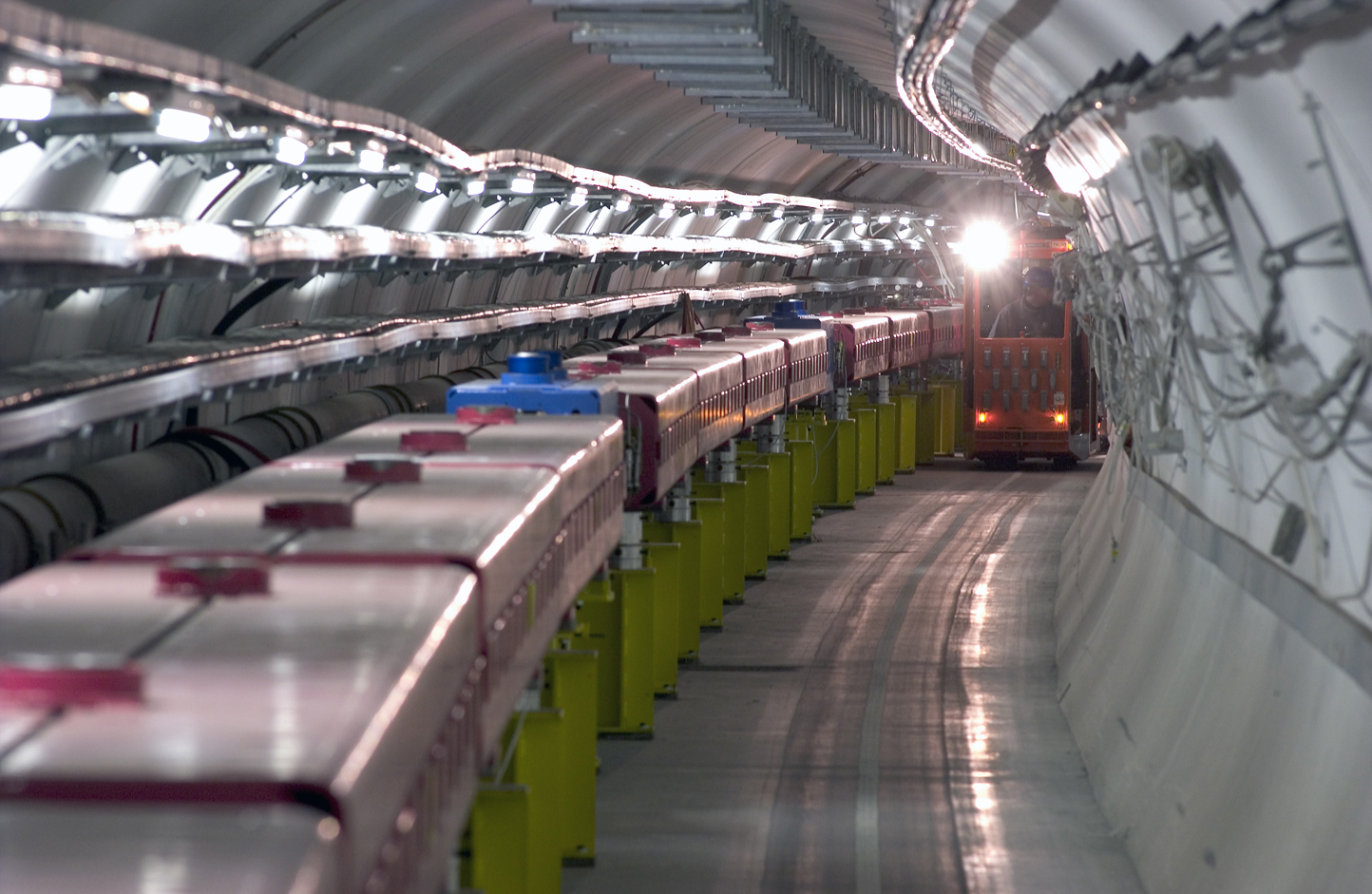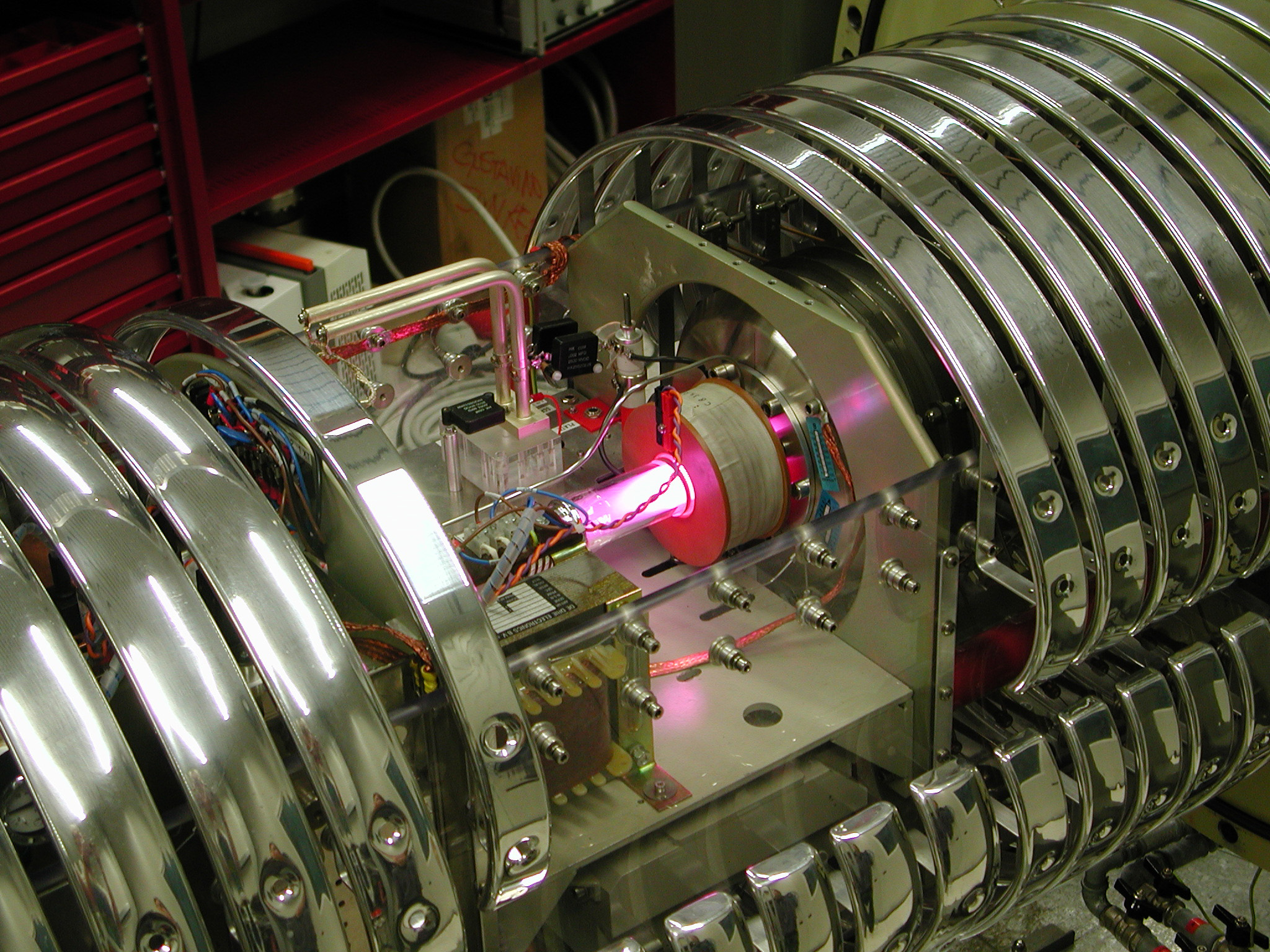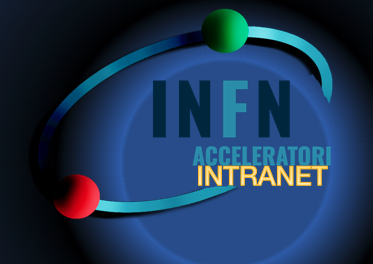SEMINARIO ACCELERATORI n 04- 14 January 2022
14 Gennaio alle h 15.30
il seminario in videoconferenza sarà tenuto dal
G.A. Pablo Cirrone, PhD
Istituto Nazionale di Fisica Nucleare - Laboratori Nazionali del Sud
Catania, Italy
sul tema:
Ion acceleration by laser-matter interaction: status and perspective with the upcoming I-LUCE facility at INFN-LNS
High-energy particle accelerators driven by a radio-frequency (RF) electromagnetic field, are among the largest and most complex facilities built on Earth. Currently, the largest RF-driven accelerator is the Large Hadron Collider (LHC) at CERN, which accelerates protons to multi-TeV energies (1 TeV = 10E12 eV) in a 27-km high-vacuum ring. One of the main reasons for the enormous size of the accelerator is a limit on the acceleration field strength, which is about 1 MV/cm. Due to this limit, to accelerate ions/protons to multi-GeV or TeV energies, the acceleration path has to be very long, meaning that the accelerator has to be very large.
One potential alternative, or at least an important supplement to the RF-driven ion accelerators, seems to be ion accelerators driven by an intense laser beam.
The accelerator consists of a short-pulse high-intensity laser and a target, e.g. thin foil, placed in a vacuum chamber. The laser beam interacting with the target produces plasma, in which electrons are partly separated from ions by the action of the laser field. Between the layer of electrons and the ions, a very strong electric field is produced. This field pulls the ions, which follow the moving electron layer. The field strength can reach extremely high values (up to tens or even hundreds GeV/cm) and, as a result, the ions can be accelerated to high energies over sub-mm distances, by many orders of magnitude shorter than required in conventional RF-driven accelerators. In this way, the laser-driven accelerator can potentially be much smaller and less complex than conventional ones. Furthermore, since the laser accelerated ion bunch is very dense and compact, the ion beam intensities/powers can be very high, and the time duration of the ion pulse can be very short. Such ion beams have the potential to be used in various branches of science, technology and medicine, and can significantly extend the current scope of ion beam applications
In this talk, a brief review of recent research and potential use of laser-driven ion acceleration in the fundamental and applied science, will be discussed.
The activities carried out in this field by INFN, dated back to 15 years ago, will be critically presented and the perspectives of the new high-power laser “I-LUCE” (INFN Laser indUced radiation acCEleration) facility that will be realized at INFN-LNS will be presented.

Artist’s view of a typical experiment on proton emission from laser-irradiated solid targets
From: A Macchi, M Borghesi A Passoni, REVIEWS OF MODERN PHYSICS, VOLUME 85, APRIL–JUNE 2013
Please visit - Medical Physics Group of INFN-LNS
Medical Physics Youtube Channel
















